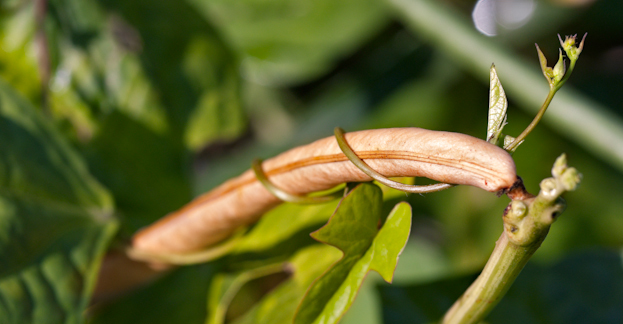What You Need to Know About Southern Peas

If we confine peas to the kitchen garden, the concept is fairly straightforward. But if we venture further afield, the extended family of peas can easily trip us up.
Peas, like beans, are members of the legume family whose pods and seeds are edible. Generally, “garden peas” refers to legumes that are shelled and eaten fresh, like English peas, whereas “field peas” refers to varieties grown in rotation with other crops and plowed back into the soil to improve fertility, or harvested dry for long storage and winter eating (like hoppin’ John).
Southern field peas, more commonly called “cowpeas,” comprise an entire subset of the legume family. The colloquial term comes from old farming practices in which hay from the pea harvest was left in the field for grazing cattle. Shade and drought tolerant, cowpeas were intercropped with rice, corn, and wheat, and played a subtle but vital role supplying nitrogen to the soil. This system of using cowpeas in rotation and intercropping was African-inspired and became the basis for sustainable rice horticulture on the Sea Islands of Georgia and South Carolina.
One variety in particular, a tiny cowpea known as the Sea Island Red Pea, proved vigorous enough to survive into the 20th century. Planted in July, picked young, and cooked green with freshly harvested rice in the autumn, this dish—known by its local Gullah name, reezy peezy—became the Sea Islands’ most enduring. After harvest, dried red peas cooked with Carolina rice came to define the famous hoppin’ John.